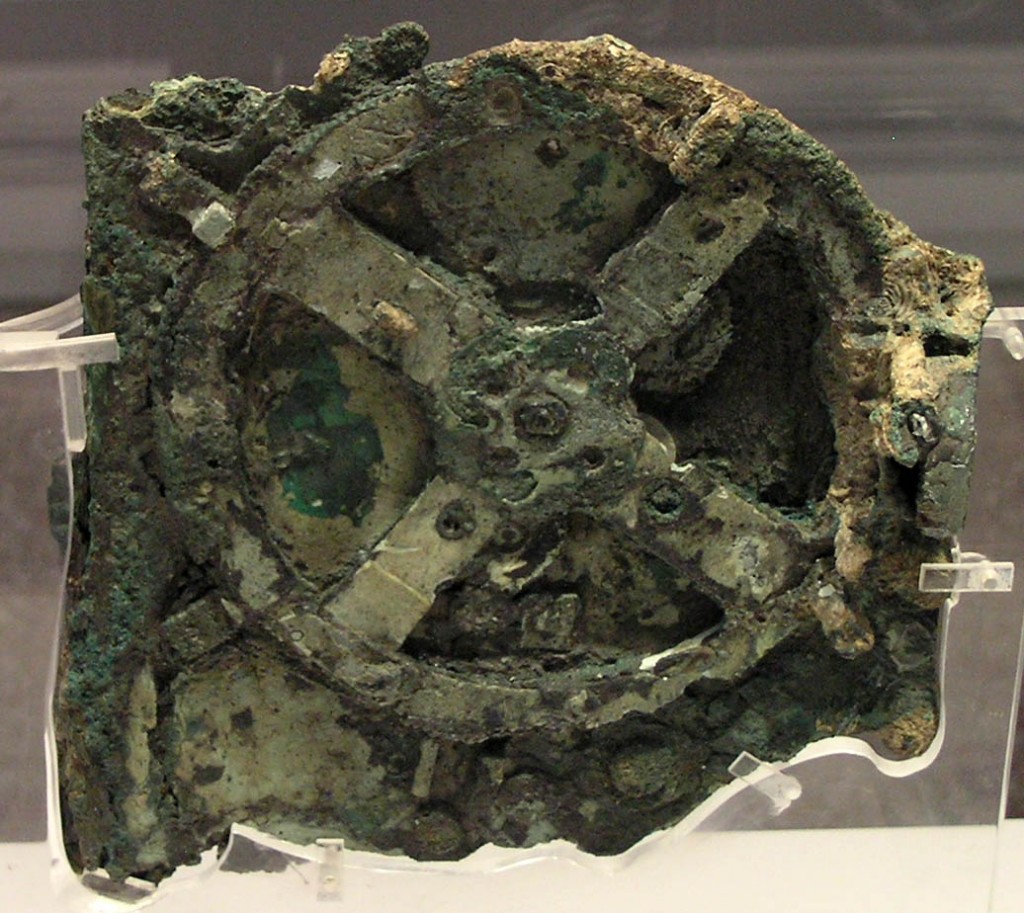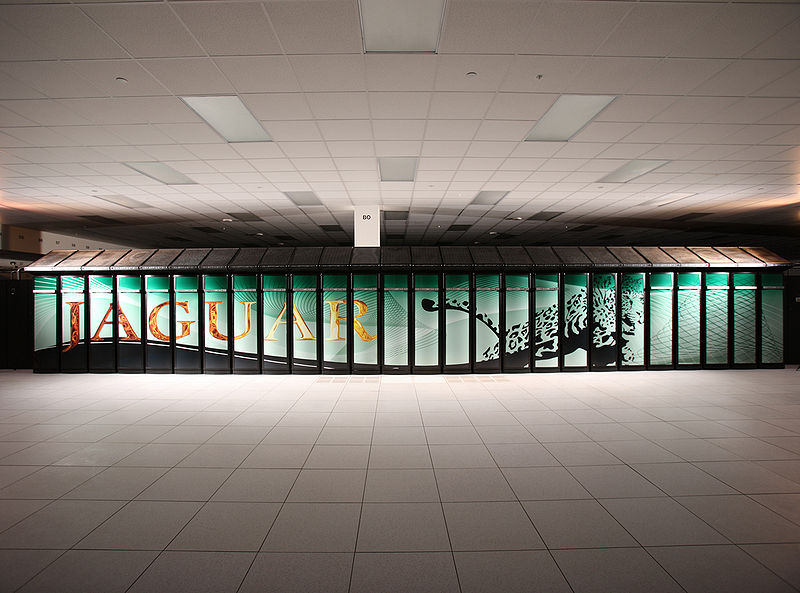The Antikythera Mechanism is the oldest known scientific computer, built in Greece at around 100 BCE. Lost for 2000 years, it was recovered from a shipwreck in 1901. But not until a century later was its purpose understood: an astronomical clock that determines the positions of celestial bodies with extraordinary precision. In 2010, a fully-functional replica was built out of Lego. (See YouTube video here).
However, as I pointed out in Rapture For The Geeks, the abacus is the oldest “computer,” as far as we know.
500 B.C. – the Abacus
Technology and math have had a symbiotic relationship ever since Early Man’s first wife ran out of fingers and toes while counting her husband’s shortcomings and character defects. With twenty or more reasons she’d be better off with some other mug, Early Man’s wife used pebbles, stones, sticks, or other handy objects arranged in columns along lines drawn in the sand. The word “calculus” is Latin for pebble, and these arrangements of pebbles and other objects were the first free-form abaci (the plural of abacus and an important word in early Babylonian Scrabble games). Using abaci, our female ancestors suddenly became proficient at tracking dozens of compound male personality defects, multiple moral turpitudes, hundreds of failures to hunt, gather, bring dead gazelles home, and keep up with the Cro Magnon Joneses.
By 500 B.C. or thereabouts, the Babylonian wives had perfected the abacus—the first formal implementation of reusable hardware capable of calculating abstract data. Before that Early Man had used “counting sticks” or “tally sticks,” which were good for recording a single transaction by making notches on them, or perhaps for whacking the other party to the transaction in the head if they gave you the “short end of the stick,” but the abacus was the first true counting machine.
Any mention of abaci still reliably elicits the old chestnut about how a skilled abacus user can outperform most calculator-equipped college students, especially if the college students are American. However no one has yet pitted a skilled abacus user against a Cray XT5 “Jaguar” supercomputer.
As man evolved and gathered more wives unto himself, the complaints about him multiplied in number and kind. The spreadsheet had not yet been invented, so early wives relied on ever more advanced mathematical concepts and theories, including multiplication of complaints against Early Man and division of Early Man’s assets.
Eventually, the Babylonians and Greeks discovered important geometric concepts like the Pythagorean theorem, which states that in any love triangle, the square of the sum total of the wronged wife’s divorce settlement is equal to the square of the philandering husband’s assets plus the square of the other woman’s assets.
Later came algorithms and logarithms, which are extremely important to math and technology, but are also difficult to understand and explain, which is why the menial mental labor involved in understanding them has been outsourced to India and to Asian countries, where the people are clever and non-obese.




